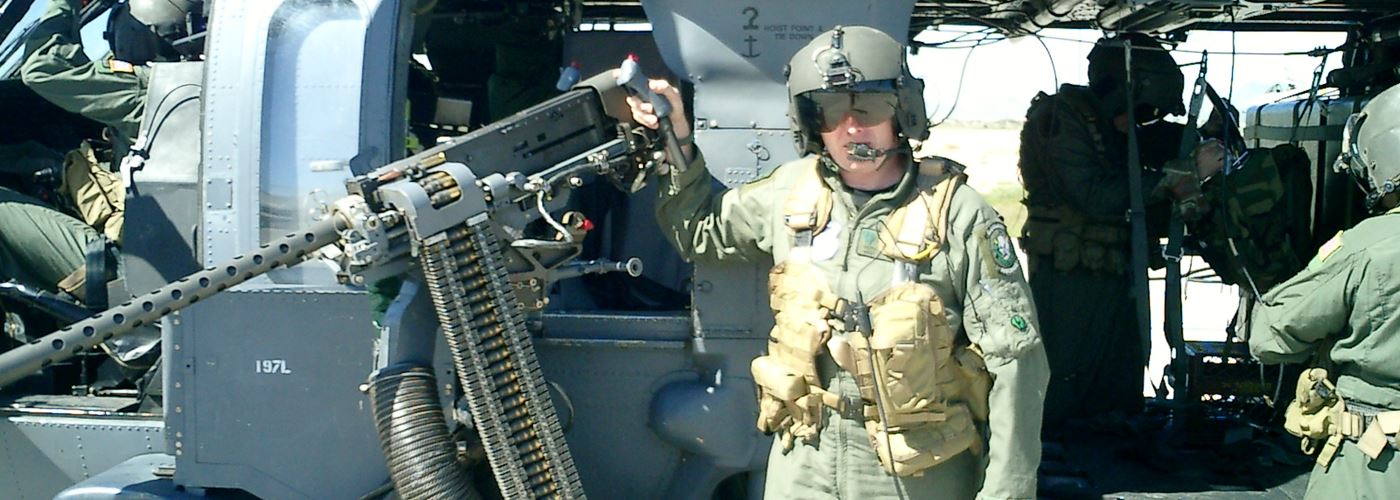
Among the online firearms instructors’ discussions and groups, there are some common questions. How do instructors get people to attend more classes after CCW training? If students are just starting, in what order do you recommend they take classes? If their state doesn’t mandate training, how do you get people to take gun training?
Well, I don’t think my answer is THE answer, nor do I think my perspective from New Mexico will work all over the country. NRA or USCCA, choose your flavor, but the bottom line is a recommended list for gun training progression is not uncommon in the firearms training industry. Our customers ask for guidance, so we provide the best we can based on our experience, training, certifications, and so forth.
Here is an example of classes instructors recommend and the order they may recommend firearms students attend them:
- NRA Refuse to be a Victim
- NRA Basic Gun Safety
- NRA Basic Pistol or USCCA Basic Handgun
- Concealed Carry
- NRA Personal Protection in the Home (or Outside the Home) or USCCA Home Defense
- NRA Defensive Pistol or USCCA Defensive Shooting Fundamentals (DSF)
Sure, we can get into a “perfect world” scenario and why those lessons should be taught in that specific order—and there is a whole lot of data to support that—but, what does the customer actually want to learn? That is the question I tend to start with.
I can say the same for almost all of the firearms training courses. Novice, expert, veteran, law enforcement, security guard, teenager, and someone who has lived through eight decades… they all have one thing in common. If they are talking to me, they want to learn more about shooting guns.
I recently had a student ask me about delaying his Concealed Carry training since he had NEVER picked up a gun in his life! Now, following the list above, I would theoretically give the following advice: “Delay your CCW training until you complete the other 3 classes—which will cost you an additional $170+. And since I only offer them once a month, you’ll have to wait 3 months to attend those other classes before you attend the CCW course.” Yet I won’t advise that at all.
Instead, I will chat with the student to find out what he really wants to learn. In this case, I convinced him to first take the Concealed Carry class and rent a gun from me since he does not own one. He learned this class is designed for Concealed Carry and NOT for making him an expert or marksman. I have done this numerous times before, and it works out well. Most novice students will also try to take a Basic Handgun/Pistol course within a few months if funds allow. This particular student signed up for a follow-up Basic Handgun Shooting course.
That is the foundation of what I recommend to my students. You must first reflect on what you want to learn and what your goal is. Here are some examples:
- Do you want to learn gun safety?
- Enroll in a Gun Safety Seminar.
- Do you want to know the firearm really well?
- Enroll in a basic handgun course.
- Do you want to defend yourself well?
- Enroll in a defensive shooting course.
- Do you want to learn crime prevention and techniques to avoid bad situations?
- Enroll in a course that teaches you how to refuse to be a victim.
- Do you want your Conceal Carry License? Do you want to learn conflict avoidance, conflict resolution, and federal and state laws concerning firearms and conceal carry
- Enroll in a conceal carry course.
- Do you want to defend yourself at home?
- Enroll in a class that teaches personal protection in the home/home defense.
I’m not recommending that you take these classes in this exact order. Instead, these are the courses I recommend based on what students want to learn. This approach has worked for me, and it seems to work for people who attend my courses.
As for how to get students to attend your classes, my best advice is to offer high-quality training materials. Set a high standard for you as an instructor. Be professional! Learn to teach well. Students will see the quality, word will get out, and students will find you. I have found that this is not a fast process, but it works out well in the end.
If you’re an instructor, register for a ShootingClasses.com profile. You can list your courses in order to get in front of more students.
And, if you’re a firearms owner or want to learn more about firearms, you can search for a variety of firearm classes near you.
ShootingClasses.com lets you filter your search by the types of courses you are looking for based on your goals.
Interested in learning how to become a firearms instructor? You’re in the right place!
